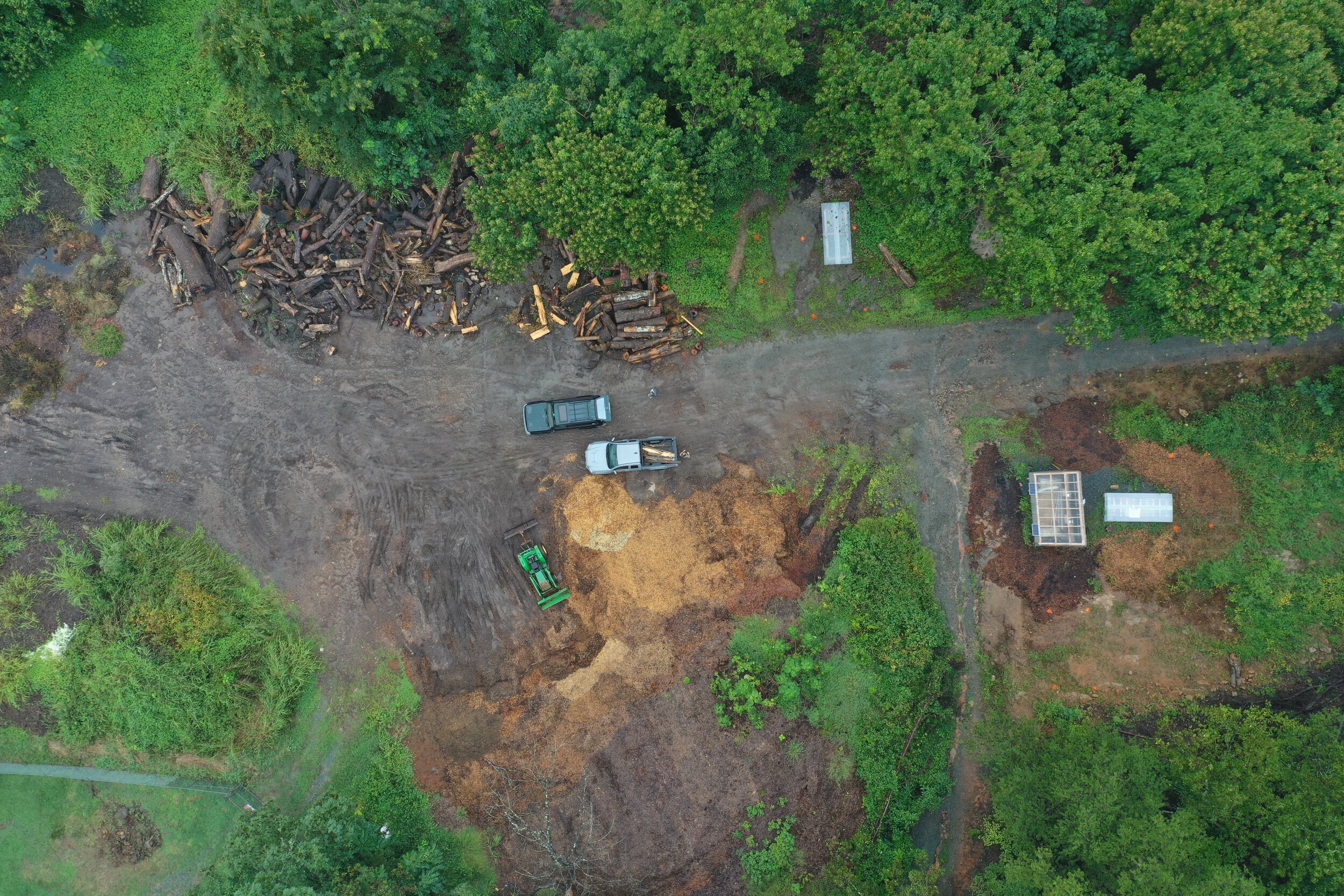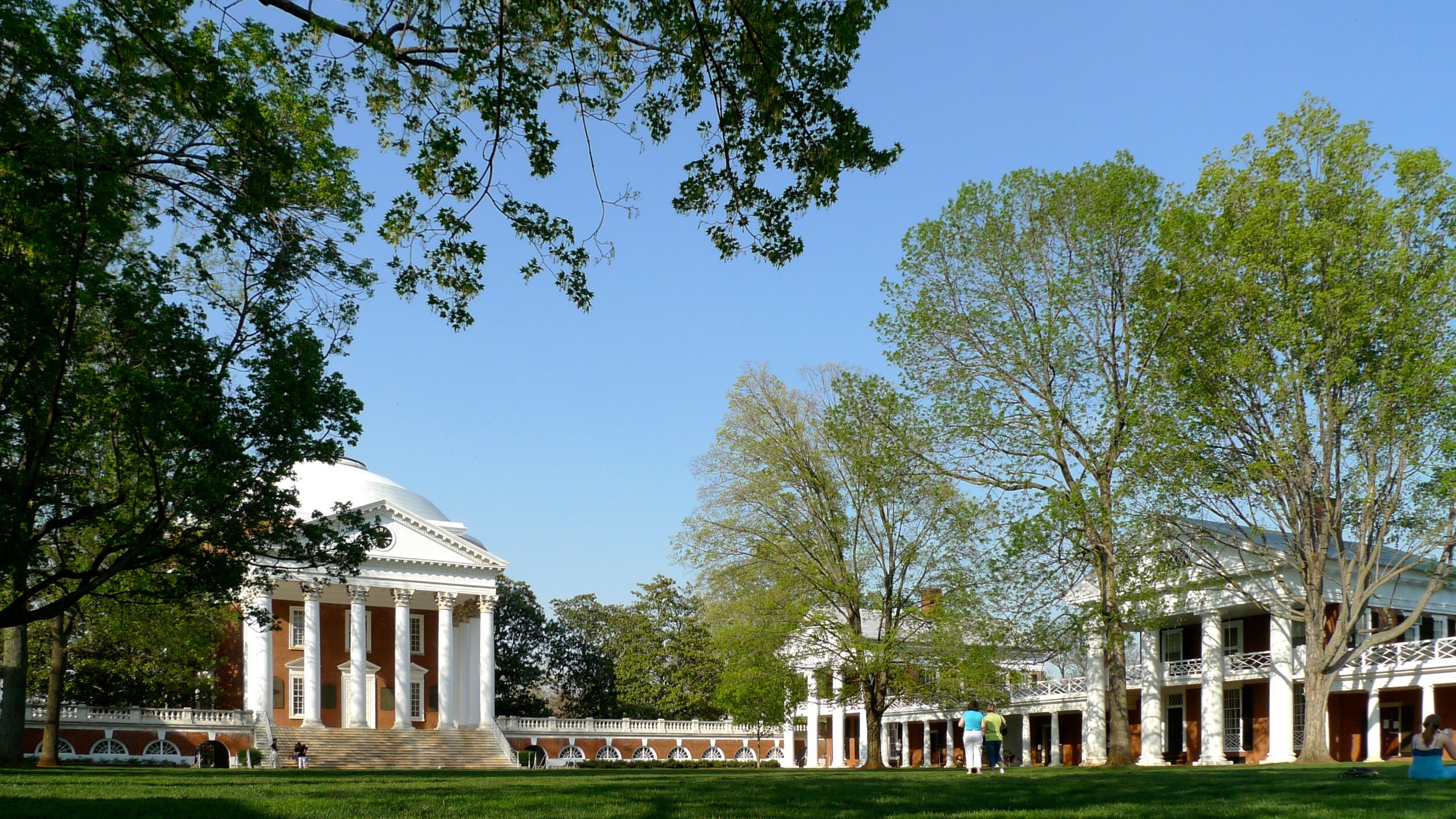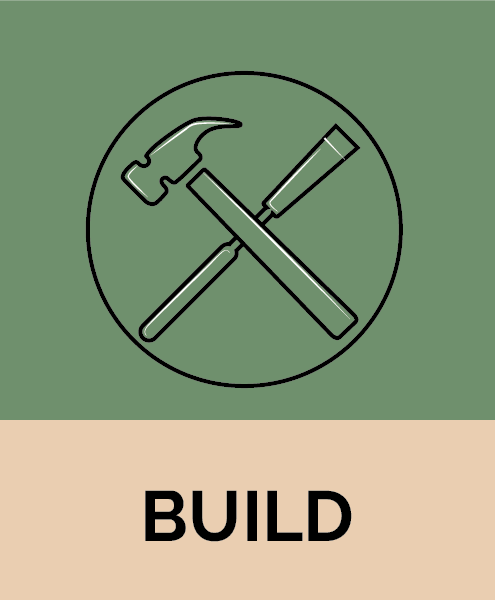

Currently UVA Sawmilling calls Grounds its home, creating bridges to many local high schools, colleges, universities, and businesses, toward collaborative development and national awareness of our main goal; building sustainable practices through experiences that are grounded in connecting historical and cultural preservation to people.
UVA Sawmilling believes that the foundation of material culture and urban canopy trends leads to natural connections in traditional carpentry, wood-drying science, dendrochronology, computational design, remote sensing, and climate-reactive simulations.
UVA Sawmilling, at its core, is aimed at Preservation, Sustainability, and Education through an exploration of the latent resource that is UVA’s fallen trees. Through this upcycling of material, this program seeks to continue the legacy of these fallen trees. We are keepers of their carbon, their stories, and share them with the UVA Community and beyond.
DOWNTOWN MALL TREES
The Charlottesville Downtown Mall is defined by the Willow Oak bosques. Learn more and find out how you can be a part of their continued stories.
GENERAL REQUEST FORM
Need material for your next project? Fill out a material request and we will do our best to field your request and get it to you as soon as possible!
GROUNDS SLABS FOR SALE
Shop our selection of 2” to 6” thick cuts, from trees removed from Grounds and milled right here in Charlottesville.
“This is not our world with trees in it. It’s a world of trees, where humans have just arrived.”
The goals of UVA Sawmilling are to repurpose the otherwise chipped logs that fall on Grounds and process them into lumber, timbers, or slabs. The focus throughout all these project formats is a system that will see lumber made available to students and the UVA community for potential material research, student projects or fabrication of furnishings or elements for campus buildings and outdoor spaces
This project seeks to remove cost barriers that would prevent students from acquiring quality lumber for any fabrication projects in wood. Our hopes are for faculty to share in a similar opportunity as they set up their curricula, picking out material types, or mentoring students with unique interests. Exposure to this project will enable students to further respect the cultural landscape they inhabit and the material process that governs their lived experience.














